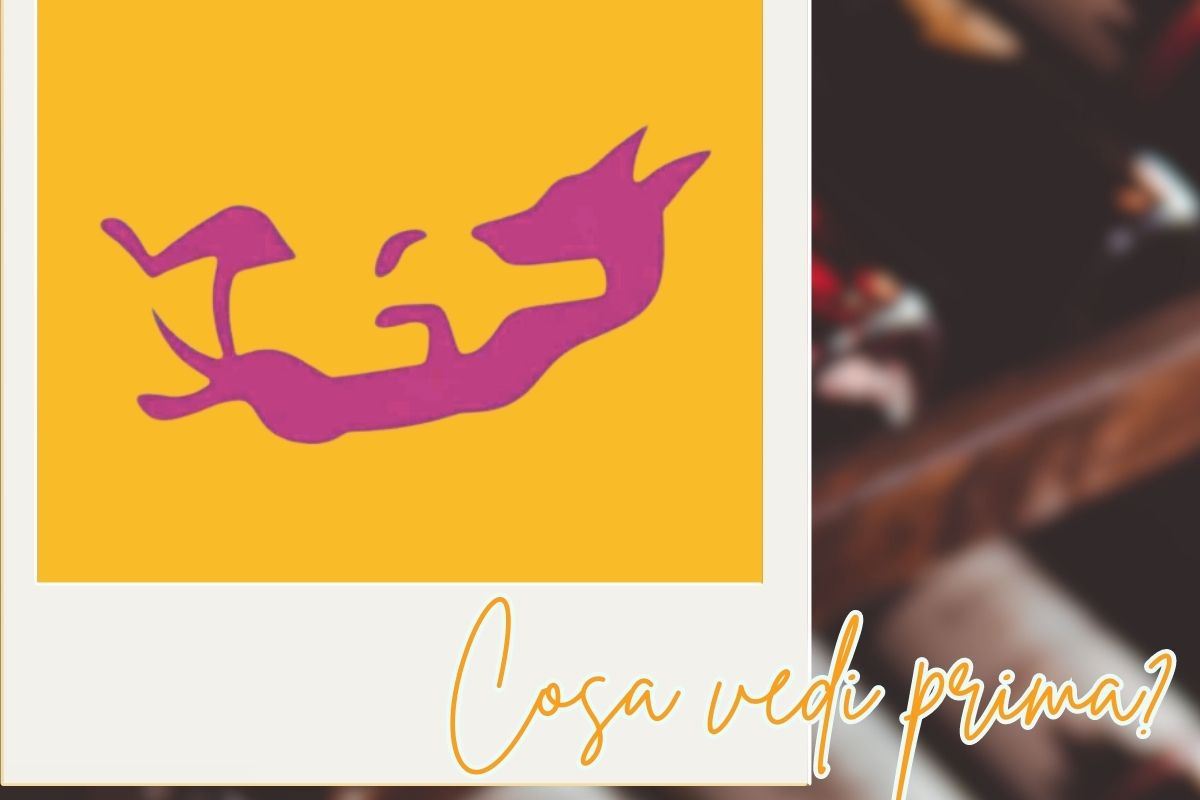Title: The Most Useful Test: What You See First Reveals How Obsessive You Are, What You Risk, and How to Fix
Subtitle: A projective test that provides insights into your personality and offers suggestions to overcome obsessive tendencies
Introduction:
In the quest to understand the complexities of the human psyche, researchers have developed various methods to delve into our personalities, fears, and desires. While many of these techniques have their limitations, certain experiments have shown remarkable success in unraveling our subconscious minds. One such method is the visual test, which presents an ambiguous image and analyzes our choice of what we see first. This article explores the profound implications of this test and provides guidance on addressing obsessive behaviors.
Body:
Obsessions have the power to alter our way of life, influencing our thoughts and actions. These persistent thoughts often refuse to dissipate on their own, necessitating a closer examination of their nature and potential remedies. Projective tests, like the one provided in this article, offer valuable insights into our subconscious minds. By analyzing the figure that captures our attention first when viewing an image, we can gain a deeper understanding of our potential obsessions. So, take a moment to observe the opening image and share what you saw.
Eye test: Are you an obsessive person?
Upon identifying the figure that grabbed your attention, continue reading to learn more about your predisposition towards obsessiveness. It is crucial to rely on your initial impression, as overthinking may compromise the accuracy of the test. Trust your instincts and let them guide you. Now, did you see a dog, or did a bottle capture your attention first?
If you saw the dog first, it indicates that you are firmly grounded in reality and have little tolerance for obsessions. Your rationality acts as a deterrent to obsessive thoughts, as you prioritize maintaining a balanced mindset and safeguarding your mental health. Even if obsessions arise, you swiftly repress them independently, without requiring external assistance.
In contrast, if the bottle grabbed your attention, it suggests that you possess or have had obsessions in the past. You possess a fascination for details, intrigues, and secrets, and are constantly seeking comprehensive information to satisfy your curiosity. This intense inquisitiveness can lead to a manic state and subsequent development of obsessions. However, it is important to acknowledge that your obsessions may pose risks to both yourself and the objects of your fixation. If the situation worsens, seeking psychological support becomes crucial for your well-being.
Conclusion:
Understanding our psychological tendencies and their implications is an important step towards personal growth and self-improvement. The visual test discussed in this article serves as a powerful tool for recognizing and addressing obsessiveness. Whether you exhibit a grounded approach, minimizing the impact of obsessions, or face challenges in managing potentially harmful fixations, acknowledging these aspects of your personality is vital. By embracing self-awareness and seeking appropriate support, you can navigate through obsessive tendencies and lead a more balanced life.
